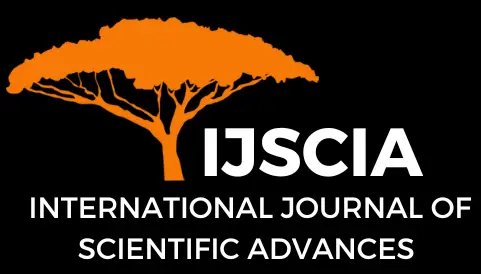Facial Telangiectasia Treated with Narrow Band Intense Pulsed Light (IPL): A Case Report
Ni Kadek Sri Rahayu Wijayanti* & Ni Nyoman Ayu Sutrini
Abstract
Introduction: Facial telangiectasia (FT) are superficial cutaneous vessels that can result in noticeable aesthetical imperfections. They can vary in size, location, color, and pattern. Recently, a laser with broadband light was effective for vascular disease, in 2020 a retrospective study reported patients FT treated with IPL using 530-650nm and 900-1200nm show a better result after 4 weeks of interval treatment. Case Illustration: Male, 50 years old, complains of discoloration around the nose. The complaint began for the past 2 years and is more visible around the nose. Vital signs and physical examination within normal limits. Dermatological status in the nasal is found a dilated vessels around 0.5-1.0 mm, discoloration erythematous to violaceous vessels, and spider web shaped. The patient was diagnosed with facial telangiectasia C1 and treated using intense pulsed light 600nm after the first session showed significant results. Discussion: The recommendation for FT is using narrow-band laser, such as Intense Pulsed Light (IPL) that uses a flashlamp to emit polychromatic light across a broad wavelength spectrum of approximately 400–1400 nm that can penetrate the skin from superficial to deeper vessels, uses the mechanism of photo thermolysis by targeting chromophores within the vessels with minimum side effects. Conclusion: Adequate therapy using IPL gives a good result with one session of treatment in the right patient according to the grading of Facial Telangiectasia.
Keywords
facial telangiectasia; intense pulsed light
Cite This Article
Wijayanti, N. K. S. R., Sutrini, N. N. A. (2024). Facial Telangiectasia Treated with Narrow Band Intense Pulsed Light (IPL): A Case Report. International Journal of Scientific Advances (IJSCIA), Volume 5| Issue 3: May-Jun 2024, Pages 594-597, URL: https://www.ijscia.com/wp-content/uploads/2024/06/Volume5-Issue3-May-Jun-No.622-594-597.pdf
Volume 5 | Issue 3: May-Jun 2024


